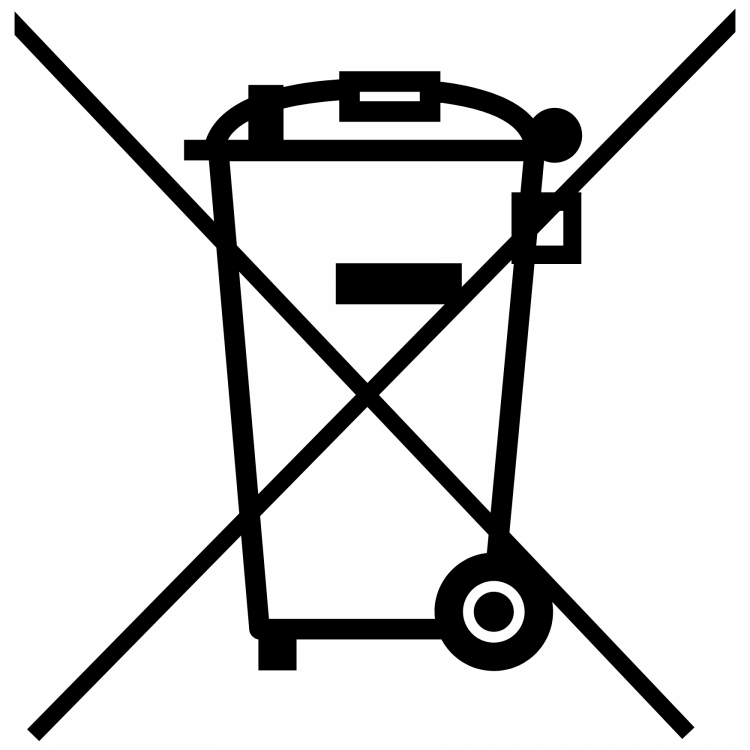The Waste Electrical and Electronic Equipment (WEEE) Directive is now UK law (as of August, 2012).
When the WEEE (Waste Electrical & Electronic Equipment) directive was first mooted I thought it was a good idea. I had hoped that the added cost (required for compliance) would encourage consumers to repair [i.e. genuinely recycle] products and that the directive would motivate manufacturers to make their products more repairable. Unfortunately the WEEE does not seem to have had either of the above effects, though to be fair the manufacturers are now theoretically responsible for the disposal of waste.
As an aside it does make me smile that so many people collect all their waste paper to be environmentally friendly, and then change their TV every few years !
In November 2008 I was informed that the WEEE applied to every electrical product sold that is powered by electricity (either mains or battery) and thus it applied to the amplifiers that we sell, but not the splitters because they're not powered! That is to say if we sell you a product covered by the WEEE then we must, if required, accept back your old product for recycling. I have to tell you now that there is no way that any aerial amplifier is going to be repaired, not by anyone at any time, and anyone implying that it might is being "economical with the actualité". The best that may happen is it will be taken to the equivalent of the local dump and put in their waste electrical equipment container. Bearing in mind that the customer is quite capable of doing that, after all we're not talking a fridge or TV here, I do not consider it environmentally sound (or practical) to actually post any product back to us, as is required by the WEEE. So if you wish to do that I'd prefer you to buy it from elsewhere in the first place.....
Anyway, here's the legally required statement :
The legislation aims to make producers pay for the collection, treatment and recovery of waste electrical equipment. The regulations also mean that suppliers of equipment like high street shops and internet retailers must allow consumers to return their waste equipment free of charge. If this service is required the customer must send back the old product (by second class post) and the cost of this will be refunded to them, please contact ATV before dispatching the product.
The amount of WEEE we throw away is increasing by around 5% each year, making it the fastest growing waste stream in the UK.
- Much of the UK’s WEEE ends up in landfill, where the lead and other toxins it contains can cause soil and water contamination. This can have a harmful effect on natural habitat, wildlife and also human health.
- Many electrical items that we throw away can be repaired or recycled. Recycling items helps to save our natural finite resources and also reduces the environmental and health risks associated with sending electrical goods to landfill.
Distributors of new Electric and Electronic Equipment (EEE) have a part to play in reducing the amount of WEEE going into landfill sites.
ATV are obliged under these regulations to offer their customers free take-back of their WEEE on a like-for-like basis when they buy a new Electrical or Electronic product from them.
For example, if a customer bought a new aerial amplifier from ATV they would accept their old aerial amplifier and prevent it going into a landfill site by disposing of it safely. Customers must return their WEEE item to them within 28 days of purchasing their new item.
Under the WEEE Regulations, all new electrical goods should now be marked with the crossed-out wheeled bin symbol shown below:

Goods are marked with this symbol to show that they were produced after 13th August 2005, and should be disposed of separately from normal household waste so that they can be recycled.

